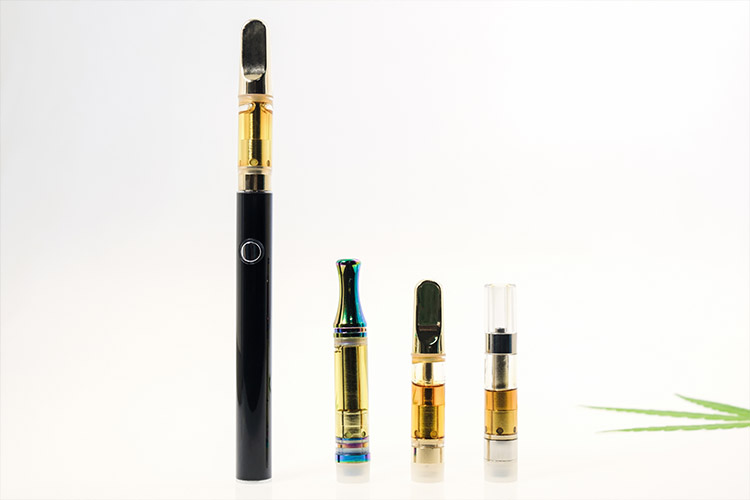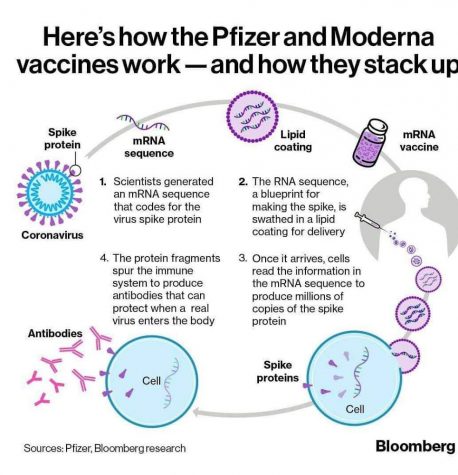More than just a trend: the severity of the vaping epidemic

Depicted are just a few kinds of the vapes that skyrocketed teenage nicotine addiction. Vapes and e-cigarettes come in many different shapes and sizes, but most commonly, they look similar to flash drives, which allows them to go unnoticed by those unaware of what vapes are.
After schools across the country spent millions of dollars on anti-cigarette campaigns, the teenage vaping epidemic emerged and effectively reversed any progress made. However, this process of inhaling vapors from compact, colorful canisters poses risks all the same. Where students were wary of cigarettes and tobacco, e-cigarettes offered the same temptation while commonly being portrayed as less harmful. Thus, teenage nicotine addiction began running rampant, with adolescents being lured in by fruity flavors and peer pressure.
“I’ve noticed vaping has gotten more prevalent since we’ve come back to school,” high school counselor Heather Heaston said. “It’s just a fad; students don’t think it’s ‘that bad.’ If it’s not causing any immediate problems, then they don’t see anything wrong with it.”
One common misconception fueling nicotine addictions is that vapes do not pose the same level of threat as cigarettes, that they are “better” for the user than plainly using tobacco. While the compositions of the two are different, the risks for using either are quite similar. Since there are so many variations of vapes on the market, no one can be completely sure exactly what each one contains, creating an unprecedented risk as teenagers continue to fill their lungs with unknown chemicals. Pediatrician and associate professor at the University of Tennessee Health and Science Center Michelle Bowden has witnessed this firsthand.
“The teenage brain is built for experimentation,” Bowden said. “Most of the time, teens vape because it makes them feel like an adult or their friends are doing it; however, these are addictive substances that contain brain-altering chemicals that can cause long-term damage.”
While many teenagers underestimate or simply ignore the potential risks that come along with vaping, there are many very real side effects of using these products. Inhaling nicotine and other chemicals affects both behavior and physical health, even if it is not immediately apparent. Like any addiction, it is easy to begin using the products under the guise of being able to stop at any point. In reality, it is not that simple. Even smoking for a short period of time exposes users to deadly health risks, such as EVALI.
“EVALI, or e-cigarette and vaping use-associated lung injury, is one of the more immediate dangers of vaping,” Bowden said. “It’s an inflammatory process in the lungs that can cause significant respiratory distress even in someone who does not vape very much.”
EVALI is a condition discovered recently by the Centers for Disease Control and Prevention (CDC) following an increase in hospitalizations for respiratory problems such as shortness of breath or chest pain. Each reported case had in common the use of vapes or e-cigarettes in the previous three months. While the severity of cases varies, the worst are characterized by needs for oxygen machines or ventilators after being rushed to an intensive care unit. While EVALI is an example of a potential short-term side effect, over time, smoking can lead to various cancers and other lung and heart diseases.
“I believe that teens are not quite aware of the physical health risks, but [also] the mental health risks that are associated with vaping,” psychology teacher Ericka Longino said. “Nicotine can harm the parts of the developing adolescent brain that control attention, learning, mood and impulse control.”
When discussing problems with vaping, many may neglect to mention the mental effects that the practice entails. Mental illnesses or vulnerabilities have often been dismissed as being less important than more visible ailments, but this is not the case. Nicotine dependency has been associated with anxiety, impulsivity, mood disorders, depression and, in extreme cases, suicidal ideation. While many may look to smoking to ease problems, it tends to make them worse.
“I always try to educate my students on the concept of biological dispositions, which are an increased chance of developing a disease or pattern of behavior based on the genes we inherit from our parents,” Longino said. “Vaping is often used in teens to handle stress, anxiety and cope with our everyday life stressors. Unfortunately, it can possibly bring on genetic-based mental illnesses.”
While nicotine addiction is incredibly harmful, it still needs to be treated as an addiction. Quitting is not easy, even when one is aware of all of the risks. Especially as a teenager, where many adults prioritize punishment over rehabilitation and those living in restrictive social environments lack support; it can be hard to stop. However, it is crucial to remember that there are many people who want to help.
“Students who are struggling to quit first need to identify the reasons they started vaping,” Longino said. “They should join a positive support group to teach them healthy alternatives to cope with their stressors instead of vaping and should prioritize surrounding themselves with a positive group of family and friends that supports their desire to quit. You don’t have to go through it on your own.”
Your donation will support the student journalists of White Station High School. Your contribution will allow us to purchase equipment and cover our annual website hosting costs.









































